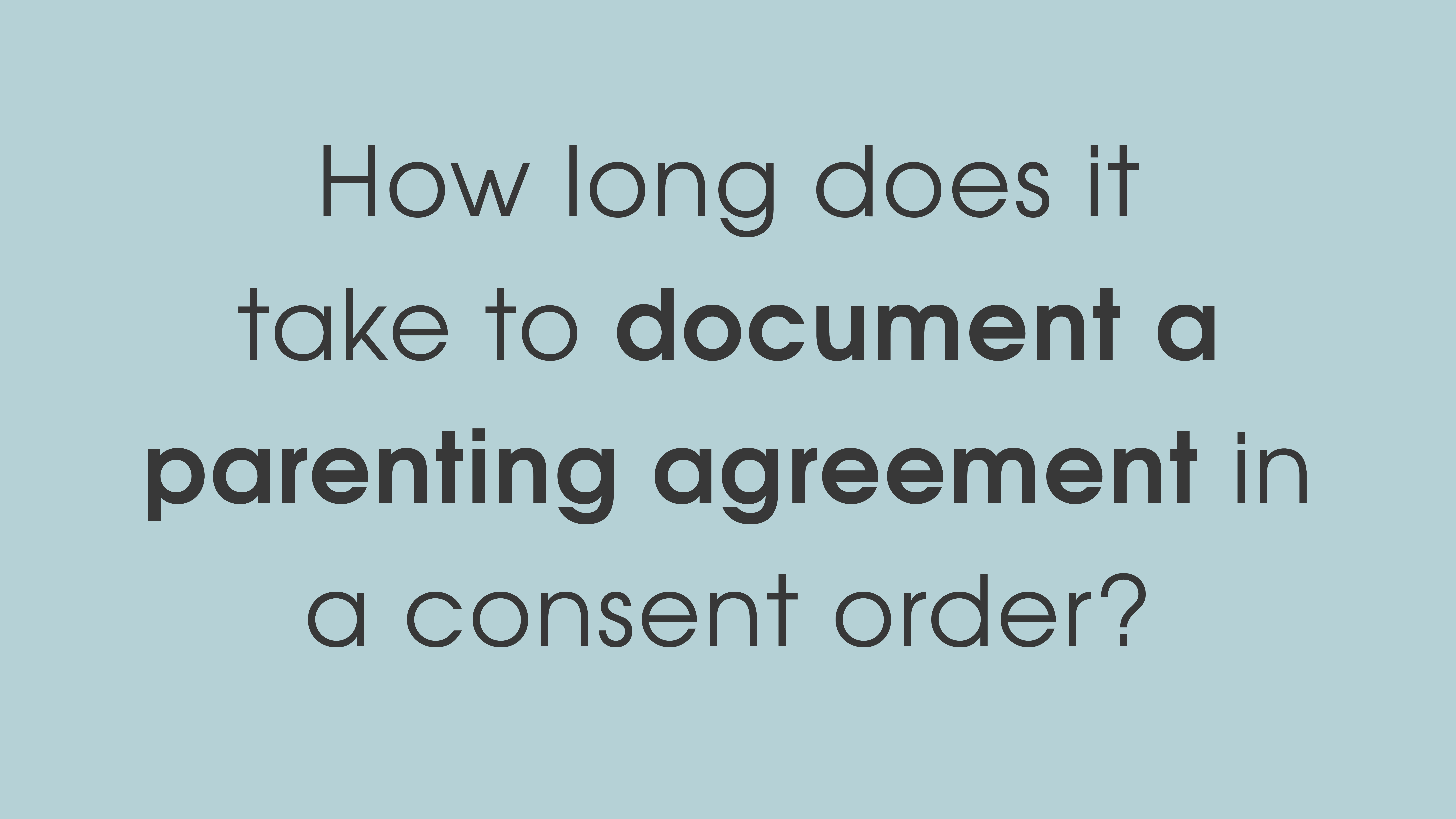Collaborative Divorce – How to separate and never go to Court

On the last Sunday in July you will have found our Fraser Murray sitting in a café in Manly, Sydney enjoying his coffee while watching the waves and reflecting on his last two days.
Two days earlier Fraser had travelled from our practice at Coolum Beach to Sydney to participate in an intensive training course on Collaborative Practice, joining a group of other like-minded family lawyers seeking to find a way to assist separating parties without the need to go to court.
Fraser was reminded of the famous Frank Sinatra image that was hung on the Chambers wall of the Judge he was mentored by for many years before being admitted as a lawyer.
Having spent a decade in a court room observing separating parties in protracted, expensive and emotionally draining litigation, the inscription on the image “Divorce your loved one with dignity” now struck a chord.
So just what is collaborative practice?
Collaborative law is the practise of working co-operatively to resolve your matter, with the mutual agreement of your spouse not to go to court.
The focus of collaborative practice is to minimise the conflict between parties by adopting problem solving methods to reach a settlement. In addition to specifically trained collaborative lawyers, other professionals such as accountants, financial advisors, mediators and psychologists can also be engaged to guide the parties to a settlement arrangement that benefits the family as a whole, despite the separation that has occurred.
To further each party’s commitment not to go to court, the parties and their lawyers sign an agreement that the lawyers will withdraw from representing their client if the matter cannot be resolved without commencing court proceedings.
This does not prevent the parties from going to court as a last resort, but changes the dynamics of negotiation and focuses the parties on
a swift, cost effective interests based resolution as opposed to positional based litigation. Collaborative practice is often described using the analogy of the orange. Consider the following:
Two children arguing over an orange. Mum comes into the room and, seeing the two children arguing over the one piece of fruit, sees the obvious solution that the orange must be cut in half in order to break the impasse.
She does so, neither child is impressed, in fact they are more upset at now only having half of the orange.
If Mum had asked Peter why he needed the orange, he would have explained that he only needed the juice of one orange to use in a science experiment, whilst if Mum had asked Jane, she would have been informed that Jane only needed the rind to use in a recipe in her home economics class tomorrow.
So neither child’s interest is met by only having half the rind and half the juice.
This is effectively what a court does when the many matters are brought before a Judge.
In Collaborative Practice however, both parties have the opportunity to explain their priorities and goals and everyone can work together so that these can be achieved for mutual gain.
Why consider collaborative practice?
We live in an information age. We have found that clients are seeking more than a lawyer who is the holder of legal knowledge. They are seeking out creative problem solvers to assist them resolving their dispute in a manner which is honest, respectful and cooperative.
Collaborative practice is still very much a legal process. Your lawyer will still advise you, assist you in discussions and prepare documents. It is the process itself that sets collaborative practice apart from standard legal models.
The process requires that the parties and their lawyers work as a team and consider not only the client’s individual needs but also those needs of the other party to work towards finding solutions. The focus remains on what matters to the client and not, as can be the case in traditional legal processes, which legal point the client thinks is important and “the law”.
The majority of negotiations, information exchange and discussion occurs through face to face collaborative meetings, rather than through the exchange of letters, emails and telephone calls. The process is client driven as the clients are involved in almost all of the discussions and negotiations.
Finally, it is a private and respectful bespoke process that can be adapted to suit individual needs.
Will Collaborative Practice work for your matter?
Collaborative practice won’t work for every matter however if you would like more information or an assessment of whether your matter would be suitable for collaborative practice please contact our Sunshine Coast or Brisbane office for an appointment with our Mr Fraser Murray.





